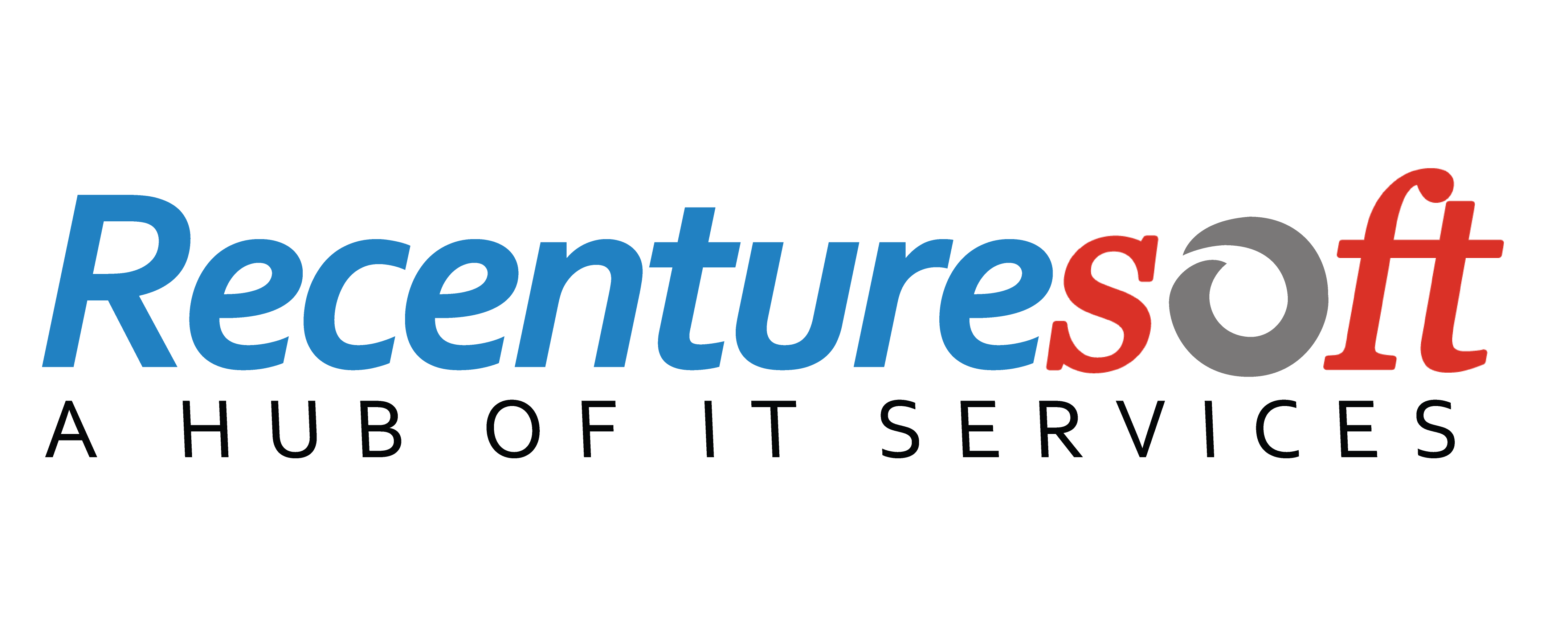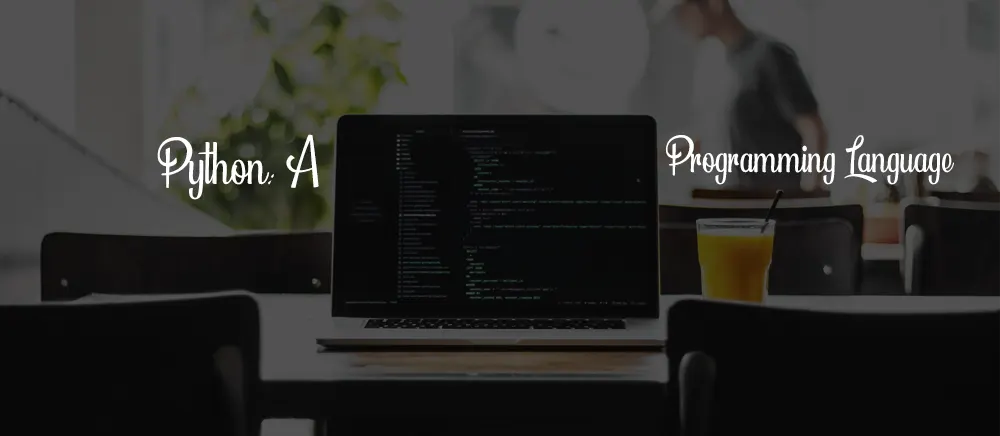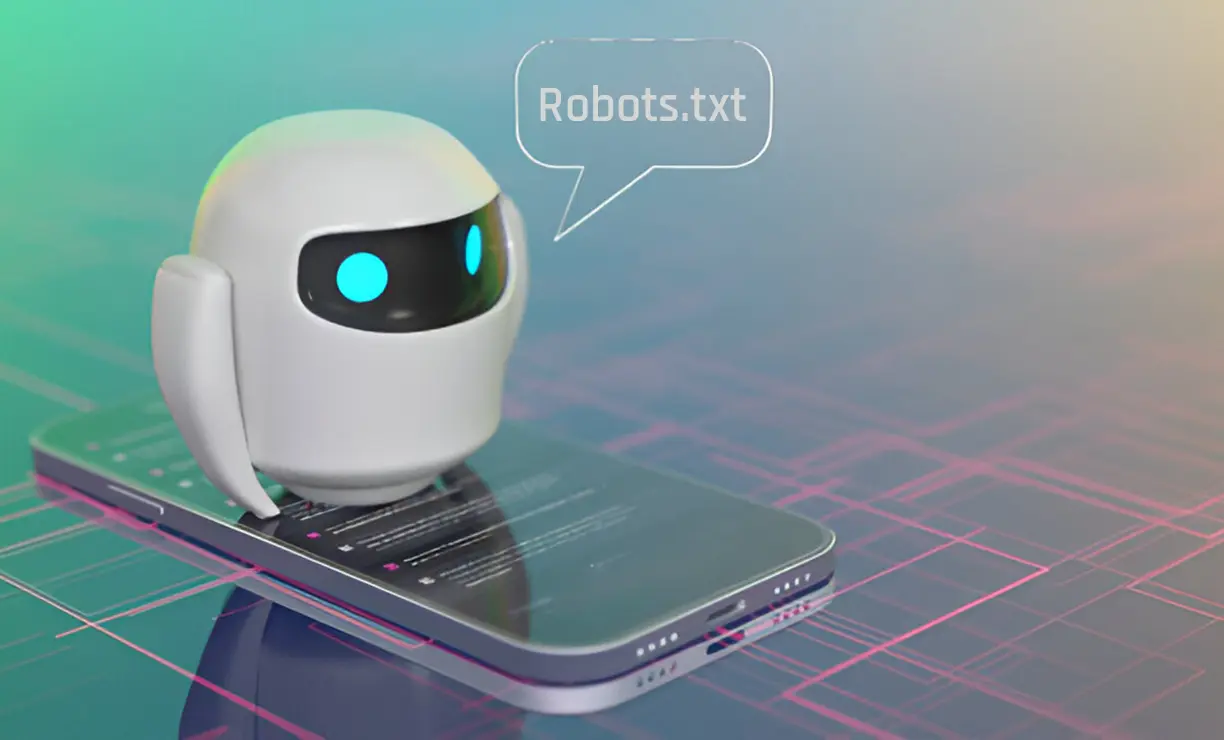Python is among the most widely used programming languages. It has been used to create everything, including Netflix's recommender system to self-driving car software. Python is considered to be an all-purpose programming language. It means this programming language can be used for various tasks such as data science, apps and web development, digitization, and just getting things accomplished in general.
What is Python?
Python is a programming language that is commonly used to create websites and software, automate duties, and perform analysis of data. Python is a general-purpose programming language, which means it could develop a wide variety of programmes and isn't specialised for any particular problem. Because of its versatility and beginner-friendliness, it has become one of the most popular programming languages nowadays. According to RedMonk, an industry expert firm, it will be a widely-used programming language among developers in 2022.
Uses of Python
Python is widely used for web and software development, task automation, data processing, and data visualisation. Python has already been embraced by many non-programmers, such as accounting professionals and researchers, for a range of simple tasks, such as organising finances, due to its relative ease of learning.
Writing programmes is a satisfying and innovative activity. You can write programmes for several reasons, including earning a living, solving a challenging data analysis problem, having a bit of fun, or assisting somebody with a problem. Given below are the uses of Python.
Web Development
Python is frequently used to create a website's or application's back end—the bits that the customer doesn't even see. Sending data to or from servers, processing data and interacting with databases, URL routing, and guaranteeing security are examples of Python's role in website development. Python has several web development frameworks.
Python developers, full-stack engineers, Back end engineers, computer programmers, and DevOps engineers are some of the web development job positions that use Python.
Machine Learning and Data Analysis
Python is becoming a data science standard. It lets data scientists and other experts perform complicated statistical calculations, establish data visualisations, create machine learning techniques, manage and analyze data, and perform other data-related tasks using the language.
Python can create a variety of data visualisations, including line and bar charts, pie charts, histograms, and three-dimensional plots. TensorFlow and Keras are two Python libraries that help programmers write an analysis of the data and machine learning programmes faster and effectively.
Automation
If you catch yourself repeating a task frequently, automating it with Python can help you operate more efficiently. Scripting is the method of writing code that is used to create these automated systems. Automation could be used to find out potential errors across various documents, transform files, perform simple math, and eliminate duplicate data in the coding world.
Relative novices can use Python to automate easy computer tasks like changing the name of the files, discovering and downloading online content, as well as sending emails or texts at predetermined intervals.
Testing and Prototyping Software
Python can help with activities, such as - build regulation, bug fixing, and running tests in software development. Software developers can use Python to automate testing for innovative products or characteristics. Green and Requestium are two Python devices for software testing.
Daily Tasks
Python isn't just for data analysts and coders. For those who are in less data-intensive professions, such as reporters, small business people, or social networking marketers, understanding Python can open up new doors. Python can also help non-programmers simplify some of their daily tasks. Here are a few examples of tasks that Python can help you automate:
- Keep an eye on the stock market or cryptocurrency prices.
- Creating spreadsheets from text files.
- Automatically fill out forms online.
- If it's raining, text yourself an alert to bring an umbrella.
- Changing the names of large groups of files.
- Assign household tasks to relatives at random.
- Make changes to your grocery list.
The Reason Behind the Popularity of Python
Python can be used for a plethora of purposes. Here's a glance at what makes it so flexible and user-friendly for programmers.
- It has a straightforward syntax that resembles natural language, making it easier to read and comprehend. It speeds up the development of projects and the improvement of existing ones.
- It's adaptable. Python could be used for numerous purposes, including web development and machine learning.
- It's user-friendly, making it big among new programmers.
- It's free to use and circulate, even for commercial reasons, because it's open-source.
- The Python module and library archive has bundles of code created by third-party users to extend Python's functionalities hugely and diverse.
Python has a vibrant community that adds to the library of configurations and libraries and serves as an asset for other programmers. Owing to its extensive support community, finding an answer to a roadblock is relatively simple; someone has almost certainly encountered the same issue before.







